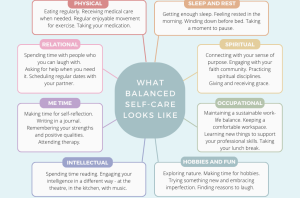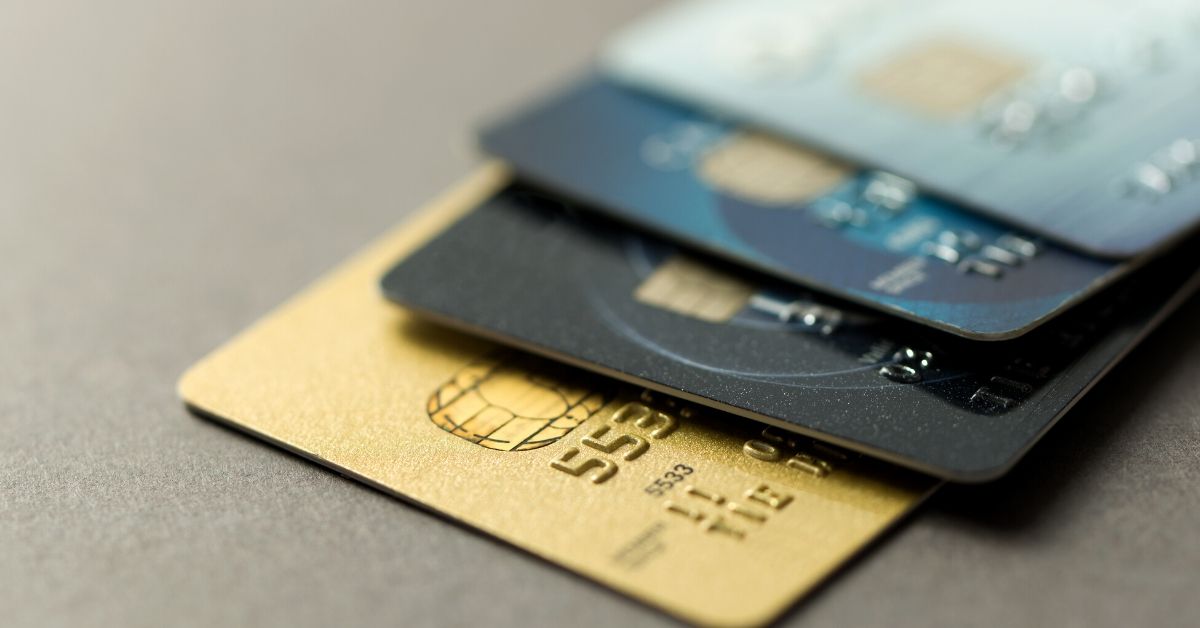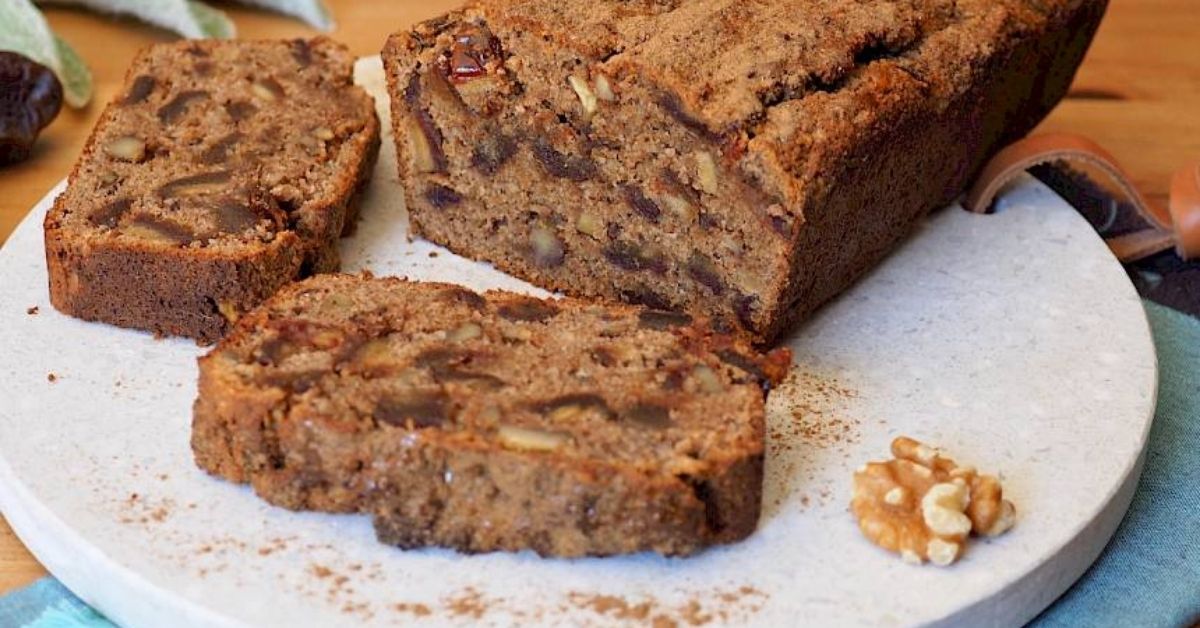The Balance Wheel: A Simple Resilience Tool for Times of Stress
By: Lauren Chee
At times when stress hits us hard, we may need some quick and practical resilience tools.
As we push through this winter season, I wanted to share with you the Balance Wheel – a simple and practical tool I like to use to enhance the resiliency and self-care practices of both myself and the individuals I work with.
What is True Self-Care?
I am mindful of the term ‘self-care’ as it can often be used as an excuse to avoid challenging situations, reducing anxiety in the short-term but perpetuating unhelpful patterns that keep us from moving forward. However, self-care is not always about face masks and chocolate (although it definitely can be those things!). Rather, true self-care activities are the things we can do to enhance our physical, mental, social and spiritual wellbeing. The Balance Wheel, below, is visual tool you can use at any time to strengthen resilience and top up your self-care practices. The Balance Wheel encourages us to look at our wellbeing in a holistic and balanced way to keep us feeling and living at our best.

How to Use the Balance Wheel
First, create your Balance Wheel. Grab some paper and draw a large circle containing 8 sectors. Label each sector as one of these 8 different dimensions that make up our holistic health:
- Physical wellbeing
- Sleep and rest
- Relational wellbeing
- Spiritual wellbeing
- Me time
- Occupational wellbeing
- Intellectual wellbeing
- Hobbies and fun
Next, consider what you might already do to look after your wellbeing. Think about what best refuels your tank to make you feel like you are living well. Note these things down in your wheel.
Examples of Self Care Practices
To assist you in reflecting on your current levels of wellbeing, have a read through the following examples of self-care practices. Keep in mind that these examples are simply suggestions – this is not an exhaustive list and not necessarily a prescriptive list either!
Physical wellbeing – eating regularly, receiving medical care when needed, regular enjoyable movement for exercise, taking your medication
Sleep and rest – getting enough sleep, feeling rested in the morning, having time to wind down before bed, taking a moment to pause when you need to
Relational wellbeing – spending time with people who you can laugh with, asking for help when you need it, scheduling regular dates with your partner
Spiritual wellbeing – connecting with your sense of purpose, engaging with your faith community, practicing spiritual disciplines, giving and receiving grace
Me time – making time for self-reflection, writing in a journal, remembering your strengths and positive qualities, attending therapy
Occupational wellbeing – maintaining a sustainable work-life balance, keeping a comfortable workspace, engage in learning and development to support your professional skills, taking your lunch break
Intellectual wellbeing – spending time reading, learning something new, engaging your intelligence in a different way (at the theatre, in the kitchen, with music)
Hobbies and fun – exploring nature, making time for hobbies, trying something new and embracing imperfection, finding reasons to laugh
Which Areas Are Doing Well or Not so Well?
As you read through these examples, you might realise that you are looking after yourself in ways you have not realised, and you can give yourself a pat on the back. Or you might notice there is a sector of your Balance Wheel that you don’t generally attend to in your life, and you might decide to give this area of your health some more attention going forward…
To get a better sense of your wellbeing, perhaps you would like to rate your current levels of wellbeing on each dimension on a scale out of 10. You could also colour-in each sector of the circle to reflect your level of wellbeing there. For example, if you feel your relational wellbeing is at an 8/10, colour in approximately 80% of that sector on the wheel. If you feel 2/10 satisfied with your amount of ‘me time’, colour in 20% of that sector.
Are you consistent in self-care in some areas, but might be need a top up in others?
Take a step back and have a look at your whole circle now – can you see any patterns that show that you are consistent in practicing self-care in some areas, but might be need a top up in others? Did you realise there was something you used to do that would really recharge you but you’ve been missing for a while now?
Perhaps spend some time to identify just one practice you can add to your life that would help you feel nurtured in the next week. What would you like to do differently? Is there an activity that would add to your wellbeing in multiple dimensions? For example, journaling on the beach might top up your me-time and maybe your spiritual wellbeing too as you are filled with a sense of awe gazing out at the wide ocean. Were there any other ideas that came to you as you created your Balance Wheel?
What Can I Do Next?
I hope you have found the Balance Wheel helpful as a resilience tool to reflect on your self-care practices and identify 1-2 easy things to implement that will refuel your tank. If you would like to read more about self-care, check out Michelle’s blog on how to journal more effectively, Jennifer’s blog on 5 ways to develop hobbies, or Sarah’s blog on how to self-audit your needs.
Article supplied with thanks to The Centre for Effective Living.
About the Author:
Feature image:










